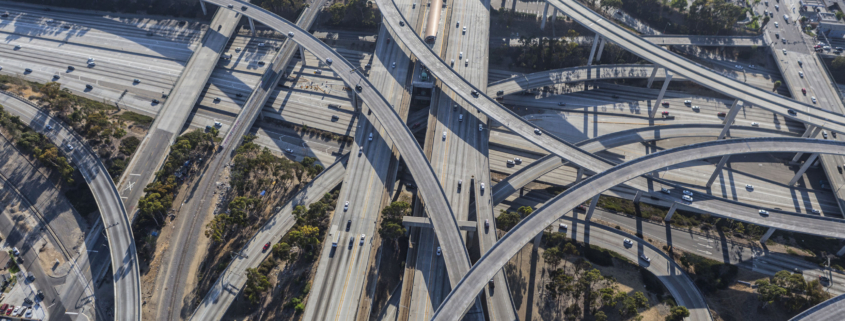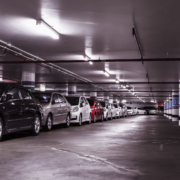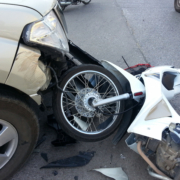Everyone Dislikes Highway Onramps. Here’s Why.
In New Mexico, as elsewhere, onramps and offramps to freeways account for more accidents per mile – by far – than other segments of highway roads. Yet until recently, little was known about the nature of such accidents. Why they happened, how frequently they occurred, and how injurious they were – all such questions remained mysteries.
A trio of researchers for the Insurance Institute for Highway Safety lately shed light on the issue. In the Journal of Safety Research – which is published in conjunction with the National Institutes of Health – the authors detailed their study of more than 1,000 onramp crashes. Drawing from a multitude of sources, including accident reconstruction diagrams and police reports, the researchers were able to pinpoint the most common types of accidents, and many of the factors that cause them.
The most common types of crashes
The results from the study fall somewhere between the surprising and the commonsensical. Nearly half of all the crashes studied took place when the at-fault driver was in the process of exiting the highway. A third of the accidents took place when the at-fault driver was attempting to enter the highway. The remainder took place in the middle of ramps or access roads – though these incidents were far less frequent, perhaps because drivers were not so actively preoccupied with merging lanes.
Crashes were most common at night and in bad weather, as well as on the curved portions of the ramps and in times when traffic was most congested. Likewise, “speed was often a factor.” So, too, was alcohol.
The authors classified the accidents into three main types: rear-end accidents; sideswipes (which most often took place when at-fault passenger vehicles collided with large trucks); and accidents wherein one driver ran another off the road.
What to do?
It is unclear to what extent this study is representative. Nevertheless, the results appear to be in sync with national trends and underscore the dangers of entering and exiting freeways.
The authors briefly note some measures that might be taken to enhance road safety—change ramp designs to eliminate curves, for example, or post easily viewable speed cameras to deter speeding. But for now the onus is on drivers themselves to be cautious, and to be aware of the risks they face.













